
Joining hands for future developments of Moji-ku, Japan
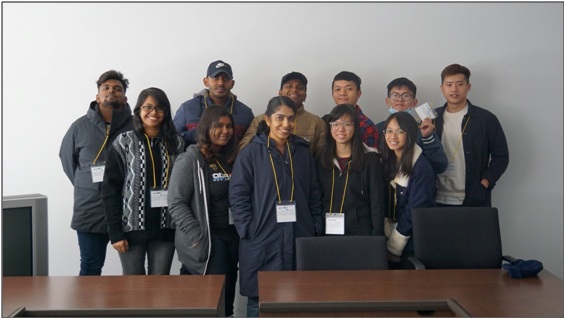
UTAR students who participated in the workshop
A group of students from Faculty of Engineering and Green Technology (FEGT) participated in the Asian Institute of Low Carbon Design (AILCD) International Workshop 2020, held at University of Kitakyushu, Japan from 20 February to 1 March 2020.
Titled Less is Moji-Reboot the City, the workshop was conducted in a workshop manner, with the aim to address problems of future developments for Moji-ku area of Kitakyushu city. The UTAR team consisted of Bachelor of Science (Hons) Construction Management students Liew Ching Fong, Cha Yu Cheng, Sebastian S. U. Winston, Puganesh Murthy, Jagadish Rau Bandirau, and Bachelor of Engineering (Hons) Petrochemical Engineering students Ong Kai Shean, Patmashini Saii Nithyananthan, Priscilla Gunn Fong Ern and Khoo Yee Ting. They were accompanied by FEGT Lecturer Dr Shalini Sanmargaraja.
The AILCD Workshop has been held for ten continuous years in various locations including Thailand, China, Myanmar, Vietnam and Indonesia. This year, the workshop was held in Japan and it attracted 40 participants, consisting of undergraduate and postgraduate students from Sudan, Indonesia, Thailand, Taiwan, China, Vietnam and Malaysia.
In the workshop, participants were required to restructure the urban landscape of the area and make a proposal for a low carbon urban project. One of the problems highlighted at the workshop was urban shrinkage - one that is considered serious for Kitakyushu city. The winner with the best proposal was awarded a certificate and a ball pen.
The UTAR students mentioned that the experience gained and lessons learnt were rewarding. For Patmashini, she spoke of her participation as an opportunity to broaden horizon because the workshop involved city planning and architecture. She was ready to learn new knowledge and was already looking forward to applying what she has newly learnt from the workshop.
“As a final year student, this was a good opportunity for me to explore new things and apply these new skills and knowledge for my future work. It was also an opportunity for me to meet new people from around the world. We were placed with participants from various location and mine consisted of members from Indonesia, Malaysia, and Vietnam. We worked so well together and we had a great time exchanging our ideas for our proposal. From site analysis, for example, I learnt how to study the climatic, geographical, historical, legal, and infrastructural context of the Moji-ko area. I also learnt about 3D drawing and the design process. My groupmates were willing to explain and teach me what I needed to know so that I could help them with this workshop,” said Patmashini.
She added, “I was able to use the knowledge I gained in UTAR to come up with solutions. For example, when asked about the different kind of technologies we could use to harvest energy, I could relate to some of the courses I took in UTAR like Environmental Engineering and Engineer in Society. I gave suggestions based on what I had learned in those courses I had taken. I gave suggestions on the type of technologies we could use, the pros and cons, and the cost.”
Patmashini was assigned to do research and to come up with solutions and ways to implement the solutions. She gathered information on the population size of Moji-ku area in the past 15 years, and the solutions that were proposed by the university to help develop Moji-ku area. Her team proposed to build a university, Eco Corridor, and commercial streets, with the use of new technologies to attract more people to the Moji-ku area. The team believed the proposed solution will help develop the place and prevent urban shrinkage. The idea behind was to use the university to attract local and international students, while the commercial streets will provide more job opportunities for Moji-ku residents and outsiders as well.
Meanwhile Gunn, who was on the same team with Patmashini, said she was tasked to combine all ideas suggested and put it into a plan that they can execute. She mentioned that her team contributed many ideas that were ecologically good and have low carbon footprints.
“This workshop was a new aspect for me and I was excited to participate. One of the precious lessons that I learnt from the group work is understanding and communication. All members of the group came from different background of expertise. I got the chance to exchange many interesting ideas while learning more about them. The juries in the workshop too gave much great pieces of advice and encouraged us not only to think critically and logically but also to learn the ability, the skills and humour to have a good and interesting presentation. I learnt that even preparing the PowerPoint slides required much effort and skills to be able to attract people's attention and make it more interesting. I’m glad that the engineering programme I took in UTAR was able to help me think more logically and to be able to work out a plan with the ideas of the architects and environmental groupmates who mostly focused on creativity and design areas,” explained Gunn.
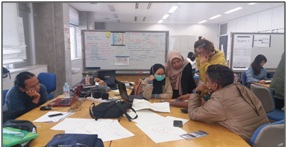
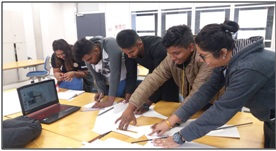
Participants discussing and preparing their proposals
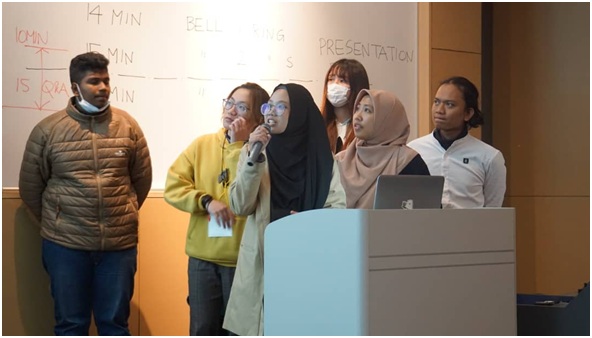
One of the teams presenting their proposal
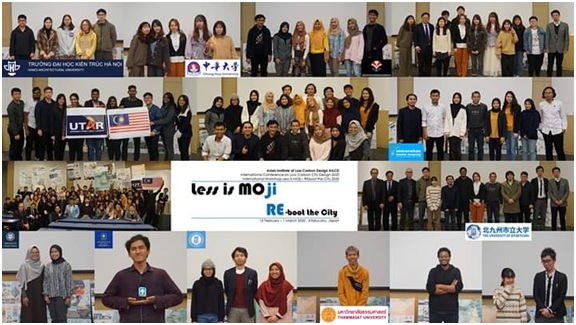
Winning teams of the workshop
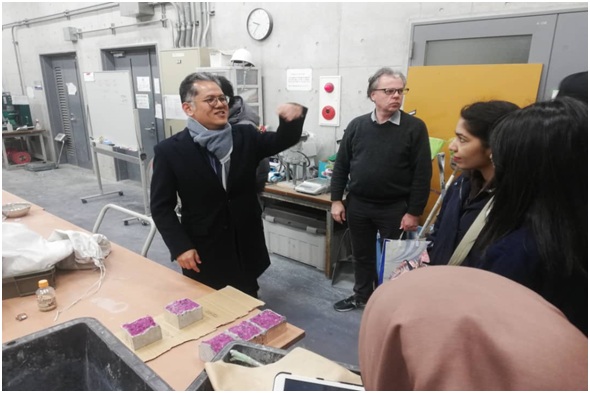
Participants touring the concrete lab
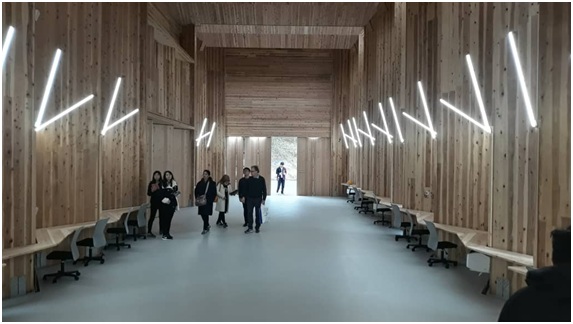
Participants visiting the timber lab
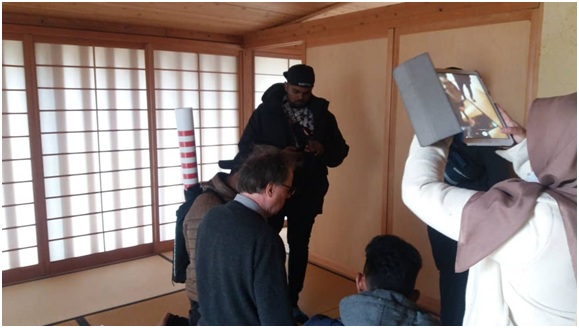
Participants visiting the tea house made of bamboo
© 2020 UNIVERSITI TUNKU ABDUL RAHMAN DU012(A).
Wholly owned by UTAR Education Foundation Co. No. 578227-M LEGAL STATEMENT TERM OF USAGE PRIVACY NOTICE